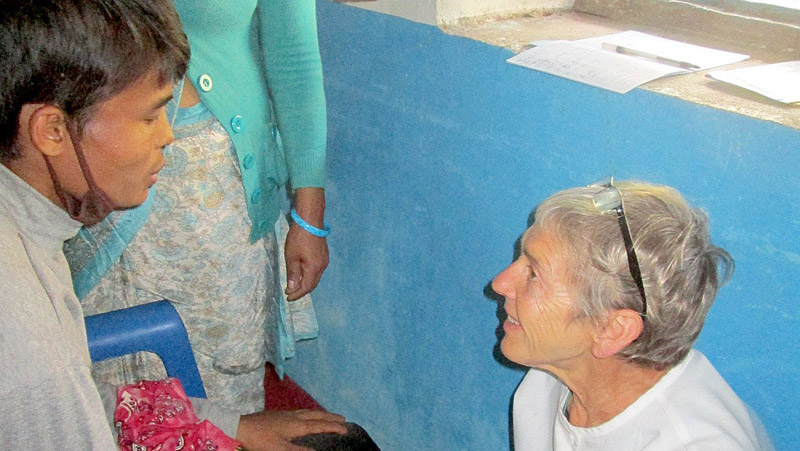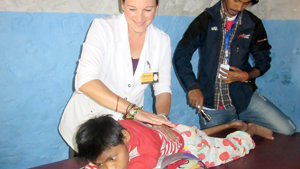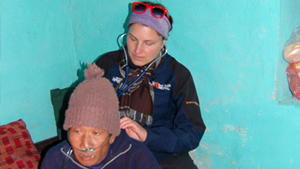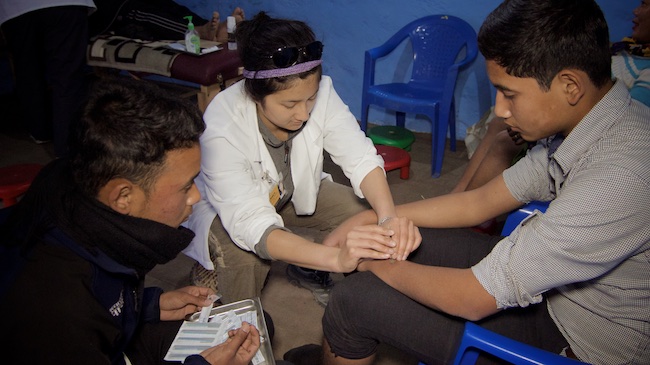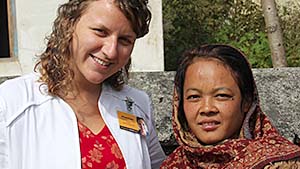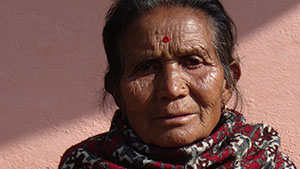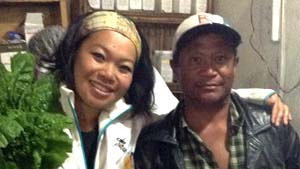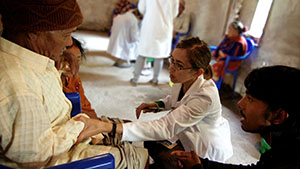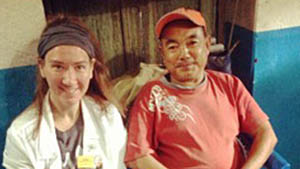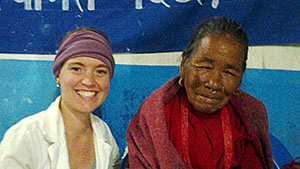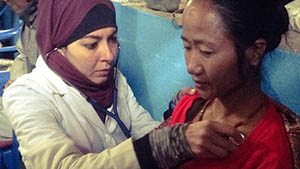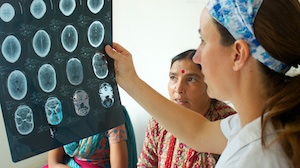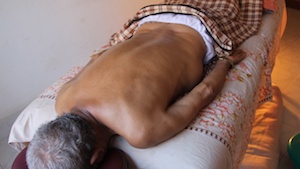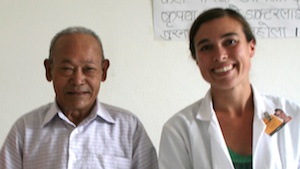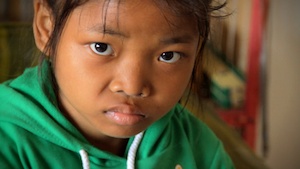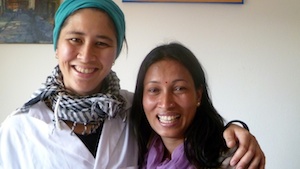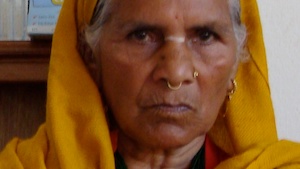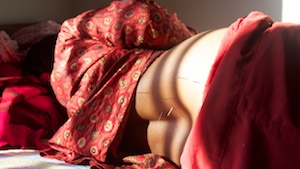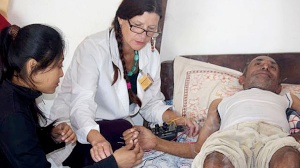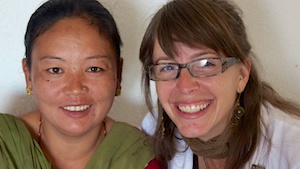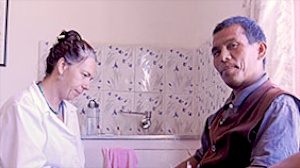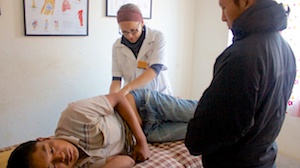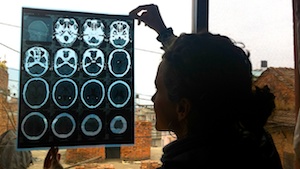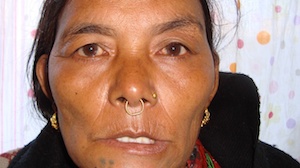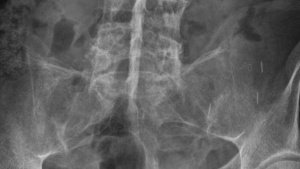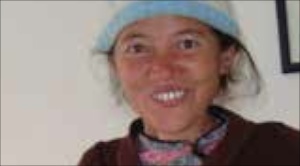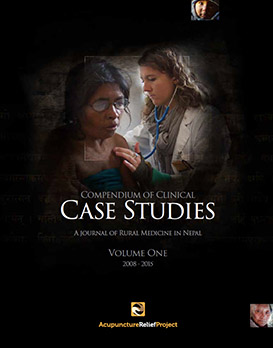Jacqueline Bailey LAc MAcOM Dipl OM RN
November 2014
OVERVIEW
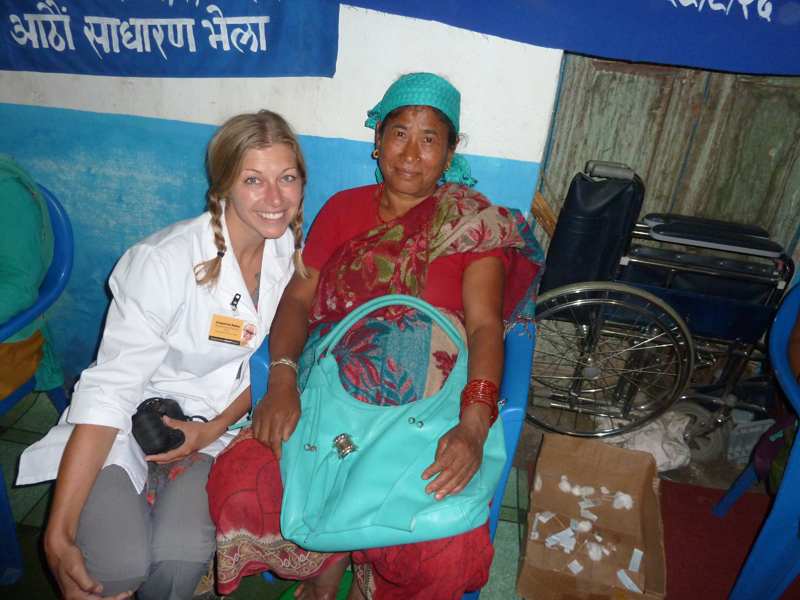
Subjective
The patient presents to the clinic with a chief complaint of “burning uterine pain.” The pain has been constant for 3 years and is accompanied by back pain, dysuria and dyspareunia (painful intercourse). Other comorbidities include gastritis, burning urination with a history of urinary tract infections (UTI’s), and previous kidney stones. She was hospitalized in 2011 for nephrolithiasis (kidney stone) and hydronephrosis (water in the kidney) of the right kidney. The patient is 4 years post-menopausal and has 8 children, all vaginal births, with no complications reported. Prior to menopause, the patient took Depo-Provera to regulate her menses. Prior to taking Depo-Provera, the patient experienced bleeding for weeks at a time. There is no evidence of abnormal bleeding or vaginal discharge at present. Urination is frequent and volume is adequate. Patient voids 3-4 times at night. Burning pain is increased just before voiding. Additionally, she suffers from burning on the soles of her feet and night sweats. Otherwise, patient feels cold. Digestion is complicated by gas, bloating and frequent loose stools. Lack of thirst is reported. Skin and eyes are dry and itchy, and vision is sometimes blurry. Temporal headaches and dizziness are also reported. The patient is frustrated with her symptoms, as allopathic care has not provided her with answers or pain relief. In a fit of frustration, the patient destroyed previous medical records containing ultra-sound imaging. Patient was also given vaginal estrogen cream by unknown physician, but stopped using it because it did not help her symptoms.
Objective
The patient is an overweight (estimated BMI is 27.4) and age appropriate 57-year-old female. Her demeanor is pleasant, but tearful regarding her current state. She is oriented and appears to be in relatively good health for her environment. Patient points to her vaginal/bladder region when talking about her uterine pain. Abdominal palpation reveals a cooler lower abdomen, and guarding with tenderness on deep palpation of the left lower quadrant, periumbilical and suprapubic regions. No masses are felt. The upper abdomen is warm to touch. Pelvic exam reveals erythema and dryness externally and inside vaginal canal, with poor skin turgor. Neither discharge nor lesions are observed. A dense pressure can be palpated anteriorly, and patient is reporting tenderness. Cannot rule out prolapse, but no protrusions seen or palpated. Costovertebral angle tenderness present indicating possible renal calculi.
Initial pulse is thin, fast and weakest in the left chi and guan positions. Tongue is pale and swollen, with a yellow, dry coat and peeled in the front.
2011 Chitwan College of Medical Science Reports:
Lab tests: BUN 15.5 (7-25), Creatinine 1.5 (0.7-1.4), BG 107 (less than 100 fasting), Uric Acid 5.1 (2.5-7.5), HGB 10 (11-16% female), Platelets 230K (140K-340K)
Urine test reveals slight abnormalities: Clear yellow acidic urine with epithelial cells (15-20) and pus cells (10-12); Trace levels of albumin Intra-vaginal ultra-sound (IVU): There is radio-dense shadow in right pelvic region indicating potential abnormality.
Bilateral nephrogram: Shows prompt and symmetrical excretion from both kidneys, which are of normal shape and size. No significant post-micturition residual urine
Impression: Calculus present in right ureter
Medications on discharge: Omnatax (Cefotaxine) 3rd generation cephalosporin 20 mg PO x 5 days (antibiotic), Dolopar (anti-cholinergic) tab x 5 days, Urimax (Tamsulosin) 0.4 mg x 15 days (alpha-antagonist), AZO (urinary analgesic) 20 mg every day for 15 days
Updated: 11/6/2014
pelvic ultra-sound results: Kidneys are normal shape and size, no calculi noted. Bladder is normal, uterus is free of lesions and no endometrial abnormalities or masses visualized. Pancreas and gallbladder normal. Liver is 12.5 cm in length and fatty tissue present. Impression is fatty Liver stage 1.
Assessment
DX: Atrophic vaginitis with recurrent urinary tract infections
DDX: Uterine prolapse, Bladder prolapse, pelvic inflammatory disease, bacterial vaginitis and fibroids
The patient meets high risk requirements for Uterine or Bladder prolapse due to her age, weight and multiple pregnancies. As a result of physical exam, prolapse is not detected, though safety parameters have been established for future prevention. Pelvic inflammatory disease is ruled out because although the patient has a few signs and symptoms, she has no vaginal discharge or fever, and the ultrasound is negative. Endometrial tissue is healthy, and there is no history of sexually transmitted diseases. Talking about such topics in the clinic is sensitive, and pap smears are not readily available to completely dismiss this as a causative factor. Same argument can also be made for bacterial vaginitis. Fibroids are ruled out. Patient has not had abnormal bleeding, and there are no palpable masses. This is further confirmed by ultrasound. Interstitial cystitis is probable, although the cause is unknown. Many believe that there is a defect in the protective lining (epithelium) of the Bladder, resulting in the leakage of toxic substances into the Bladder, causing irritation. Usually, if interstitial cystitis is suspected, there will be an absence of bacteria on the urine culture. In this case, pus is present (bacteria is untestable). Cases exist where interstitial cystitis can exist in the presence of a UTI. In these cases, pain is usually much more severe as in this patient’s case. The diagnosis of atrophic vaginitis makes sense because the patient is post-menopausal, which decreases the body’s supply of estrogen. This then causes a decrease in vaginal secretions, thinning of the endothelium and predisposes women to mechanical weaknesses. The earliest signs are usually burning or dyspareunia. It can be exacerbated by a superimposed infection, such as a UTI.
TCM DX: Liver/Kidney yin deficiency with heat consuming the fluids, complicated by an underlying Spleen yang deficiency leading to damp
PROGNOSIS: Patient has seen many allopathic doctors over the years with no relief. Due to the fact that the patient has limited funds, and cannot afford further testing to rule out other pathologies or treatment, prognosis could be poor. Patient is very eager, however, to seek acupuncture treatment for as long as is necessary.
Initial plan
Treat with acupuncture and Chinese herbs 3 times per week for 10 treatments before reevaluating. Focus on nourishing Liver and Kidney yin and clearing heat. Increase moisture and decrease pain. Internally use Dang Gui Liu Huang Tang (4 pills TID) to nourish blood and Kidney yin and clear heat.
Typical treatment: A combination of LV8, KD6, P6, P7, SP6, REN2, REN3, KD2, ST28 and ear Uterus, Bladder and Liver points
Alternative treatment points include GB41 (Dai vessel), SJ5, SP9 and GB 34.
Obtain urine analysis and culture to rule out UTI. Encourage patient to consider a pelvic ultrasound to rule out calculi.
Outcome
The urine analysis and culture revealed acidic, cloudy urine with pus. Bacteria not testable.
Herbal formula was switched to Si Miao San (8 pills TID) for 5 days, and ibuprofen 200- 400 mg every 6 hours was given for inflammation and pain.
Ciprofloxacin 500 mg PO BID was given for 5 days to eliminate suspected UTI. Due to the patient’s risk factors for Uterine and Bladder prolapse, a referral was made to physical therapy for pelvic floor strengthening and bladder training.
Pelvic ultrasound was ordered. Calculi was ruled out and image was grossly normal, with the exception of a fatty Liver.
On the final visit, the patient reported burning pain only at the vaginal opening and little pain with urination.
Conclusion
Patient should continue coming to the clinic for treatments 2 times per week for maintenance therapy to achieve optimal goal of minimal pain, and continue nourishing yin and blood. Continue pelvic floor work to prevent prolapse, and consider the use of vaginal moisturizer during intercourse. Patient is encouraged to use trans-vaginal estrogen cream to increase lubrication and tone, and to empty bladder completely with increased water intake to prevent recurrent UTI’s.
Over the course of 10 treatments patient slowly had resolution of symptoms. Constant reminders were given to patient to continue with her pelvic floor exercises despite discomfort. Due to the sensitivity of the case, patient needed a lot of emotional support and privacy in the treatment room. It is important as healthcare practitioners that we provide our patients with the proper environment they need to heal, which in Nepal in a community treatment room, can be challenging. In the United States, 40% of women suffer from this syndrome, and only 25% seek medical attention out of fear of embarrassment (www.aafp.org). In rural Nepal, education and access to healthcare is very limited, and women are encouraged to keep such topics suppressed. This case demonstrates the difficulty of working with the female population of Nepal on a sensitive topic, as well as challenges with language, interpretation and lack of resources.












